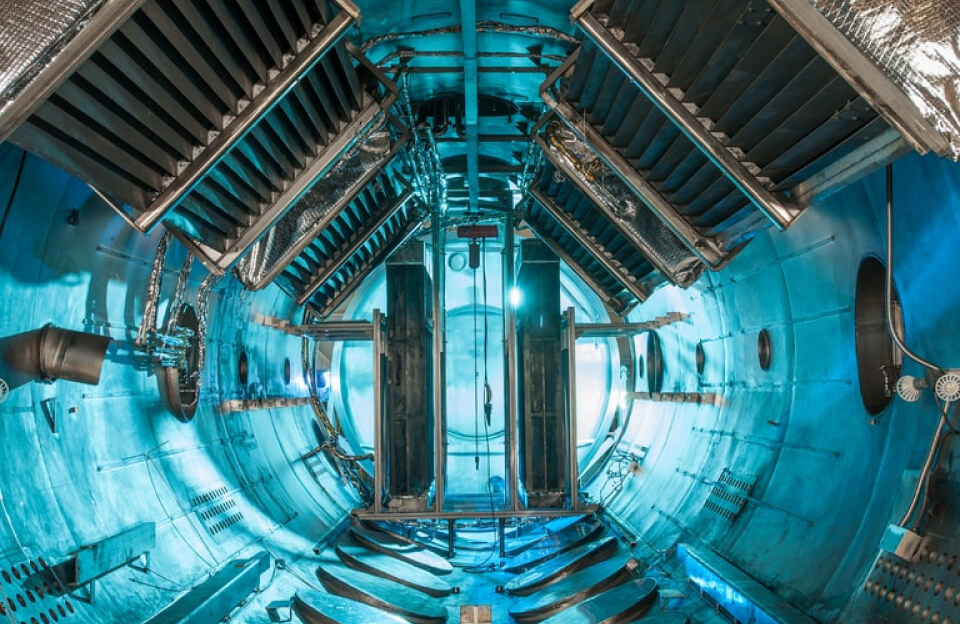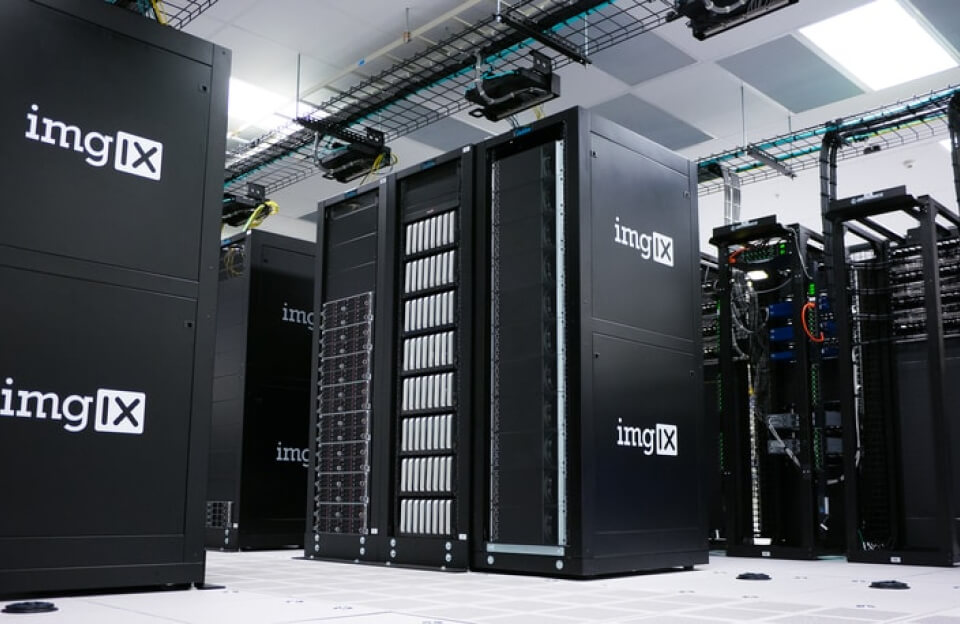Introduction
The concept of flying cars has long belonged to the realm of science fiction, but Silicon Valley is turning it into a real technological frontier. As tech startups and established aerospace firms dive into developing personal aircraft, innovation is accelerating at a rate that could see these vehicles become part of everyday urban mobility sooner than once imagined.
Flying Car Technology: From Imagination to Prototype
Key Developments
- Startups in the Lead: Companies like Kitty Hawk, backed by prominent Silicon Valley figures, are piloting flying car prototypes above California lakes and other testing grounds. Their designs don’t resemble traditional automobiles—instead, they often look like large drones or compact, single-seat electric aircraft[1][2][5].
- Not Just Startups: Established aerospace companies are entering the fray, developing models intended for short commutes, recreation, or even air-taxis within cities[1].
- Electric Propulsion: Most prototypes rely on battery-powered electric motors and multiple rotors, prioritizing quiet operation and zero emissions at the point of use[5].
What Do Flying Cars Really Look Like?
These vehicles are not airborne versions of everyday cars. Instead, their open seating, minimal enclosures, and reliance on drone-like vertical takeoff capabilities make them distinct. Many are designed to carry only one or two passengers and operate at low altitudes over short distances[2][5].
Opportunities and Challenges
- Urban Mobility Revolution: Advocates see flying cars as a way to leapfrog gridlocked roads, offering direct, traffic-free routes across cities.
- Technological Hurdles: Current battery technology limits flying time and range, with most prototypes managing only 30–50 miles between charges[5].
- Safety and Regulations: Airspace management and safety standards lag behind technological innovation. Ensuring flight safety, managing thousands of potential urban flights, and developing robust traffic systems are major hurdles[5].
- Public Perception and Infrastructure: Beyond the technical challenges, convincing the public and regulators of safety, and building the necessary infrastructure (like “skyports” and charging stations) will require coordinated effort[5].
Expert Perspectives
Experts in both technology and aviation caution that while the dream is closer to reality, substantial challenges remain. The balance between innovation and safety, as well as the practicalities of deploying a vast number of small aircraft in dense urban environments, will shape the future of personal flight[5].
Conclusion
Silicon Valley’s foray into flying cars signals a new era where airborne commuting could one day join the everyday cityscape. While there’s excitement around the prototypes and potential, overcoming technical, regulatory, and societal barriers is essential before the flying car becomes a widespread urban reality[1][2][5].


